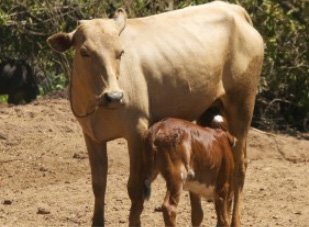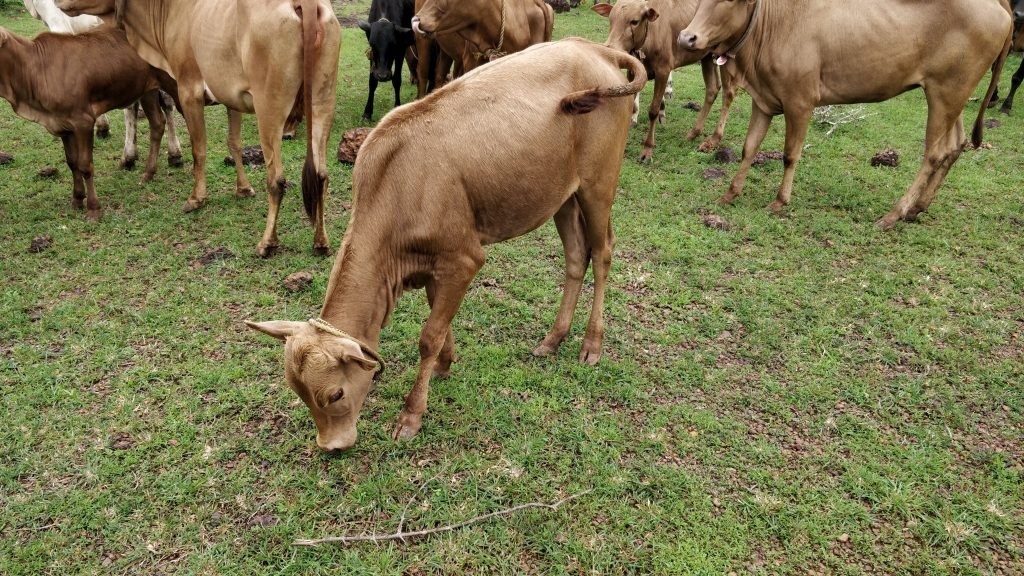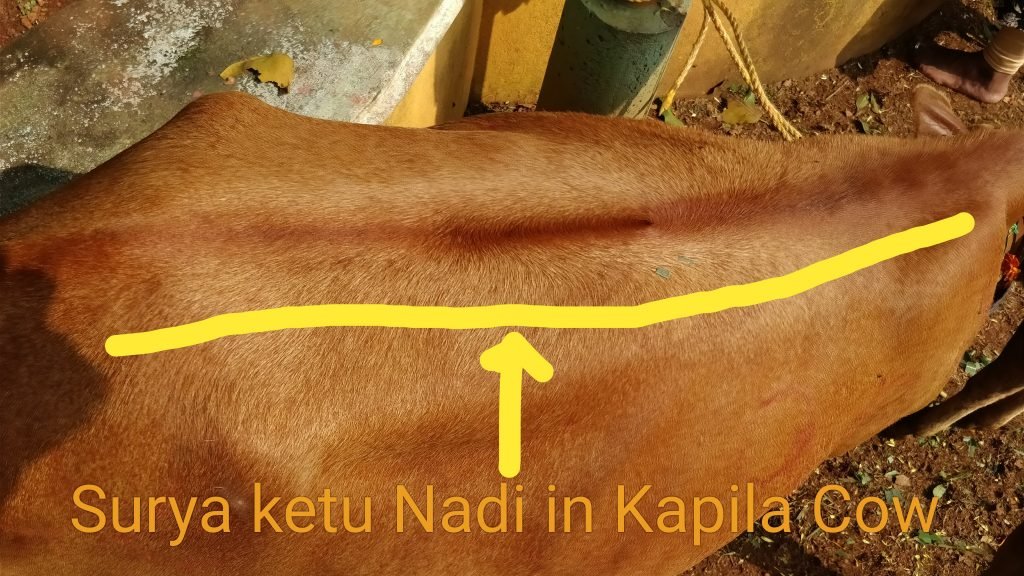Indian Cows
Indian cows have features like the hump on the back, curved backline, sunlight-absorbing capacity, developed dewlaps, a gap in between hoofs, etc.
In India, the cow is a very sacred being. Due to the benefits that they endow to mankind, people in India strongly consider the cow as an earthly embodiment of the god. Indian cows, also known as Desi cows, have some unique features like a hump on their back that has the special power to absorb the sun’s energy with the help of the “solar pulse” situated on their humps running through the spine, a unique color and a curved backline; The Suryaketu nerve, located in the cow’s back absorbs all the positive and medicinal energy from the sunlight and the atmosphere, leading to more nourishing milk, cow dung, and urine.
A Zebu, also biologically known as Bos Taurus Indicus or Bos Primigenius Indicus is a subspecies or species of South Asian domestic cattle. They are commonly referred to as Brahman or humped cattle due to their distinct fatty hump on the back or on the shoulder. They are also characterized by large dewlap and drooping ears. These cows have a capacity to withstand high temperatures, and hence, they are bred throughout the countries having a tropical climate.
You can experience the spirituality associated with the Indian breed of cows, once you realize the significance and the special characteristics of these cows. These special and unique features in the Indian cows were developed during the course of evolution and celestial origin for ages, which is the reason why they are very popular across the planet. This species also produces a superior quality of milk that has the potential to increase the human being’s emotional, physical, spiritual and mental well-being. You can experience it in real, and feel refreshed by drinking a glass full of pure and nourishing milk.
The Vedic Indian cows with a hump give pure and nutritious A2 milk while the humps less western cows give the toxic A1 milk.[1]
Various References to Indian Cows in the Bhagvat Geeta
In the Srimad Bhagavad-Gita (Chapter 10, Verse 28) by Swami Prabhupada (ISKON)
Lord Krishna says:
“ Dhenunam Asmi Kaamadhuk ”
(Among cows I am the wish-fulfilling cow)
Here Krishna manifests himself as Kamadhuk, and if you have read Srimad Bhagavat Gita, you will surely understand that this represents Kamadhenu, the divine wish-fulfilling cow, also referred to as the Surabhi cow and its divine evolution into this exalted status. According to the ideas of Hinduism, every cow is considered as the living embodiment of the sacred cow Kamadhenu.
In the spiritual world of Lord Krishna, the “Krishnaloka”, numerous cows show their readiness to give as much milk as one wants at any specific time of the day. Though such cows are not present in this real world, many times, the names of such sacred cows known as Surabhi has been mentioned in the books carrying Lord Krishna’s stories. It is said that Lord Krishna rears many Surabhi cows and engages in herding them all the time.
To study the Vedic history of the creation of the cow, one need not look further than the story of the epic churning of the sea by the Devas (Gods) and the Asuras (the evil ones), when five Kamadhenus or wish cows named Bahula, Sushila, Surabhi, Subhadra and Nanda emerged, for which reason, they were celestially called Gau Mathas
The Surabhi cows, having imbibed the celestial nectar from the heavens, are the descendants of the spiritual worlds, guided by a singular purpose of passing on these benefits to humankind. The Indian cows are the direct descendants of the Surabhi cows, characterized by the typical hump on the back and the characteristic, soft skin folds under their necks. The scriptures go on to say that cows are mothers to all creatures, including 330 million demigods. [2]
References:
Help Us Now

Donate to Surabhivana Gaushala to save and protect Indian Cow Breeds.
All donations are exempt under Section 80G of the Income Tax Act, 1961. All donation receipts shall be mailed to the address given by the donor or may be collected in person, at request.
Click the below button to donate through credit cards/debit cards or Net Banking via Razor Pay.



